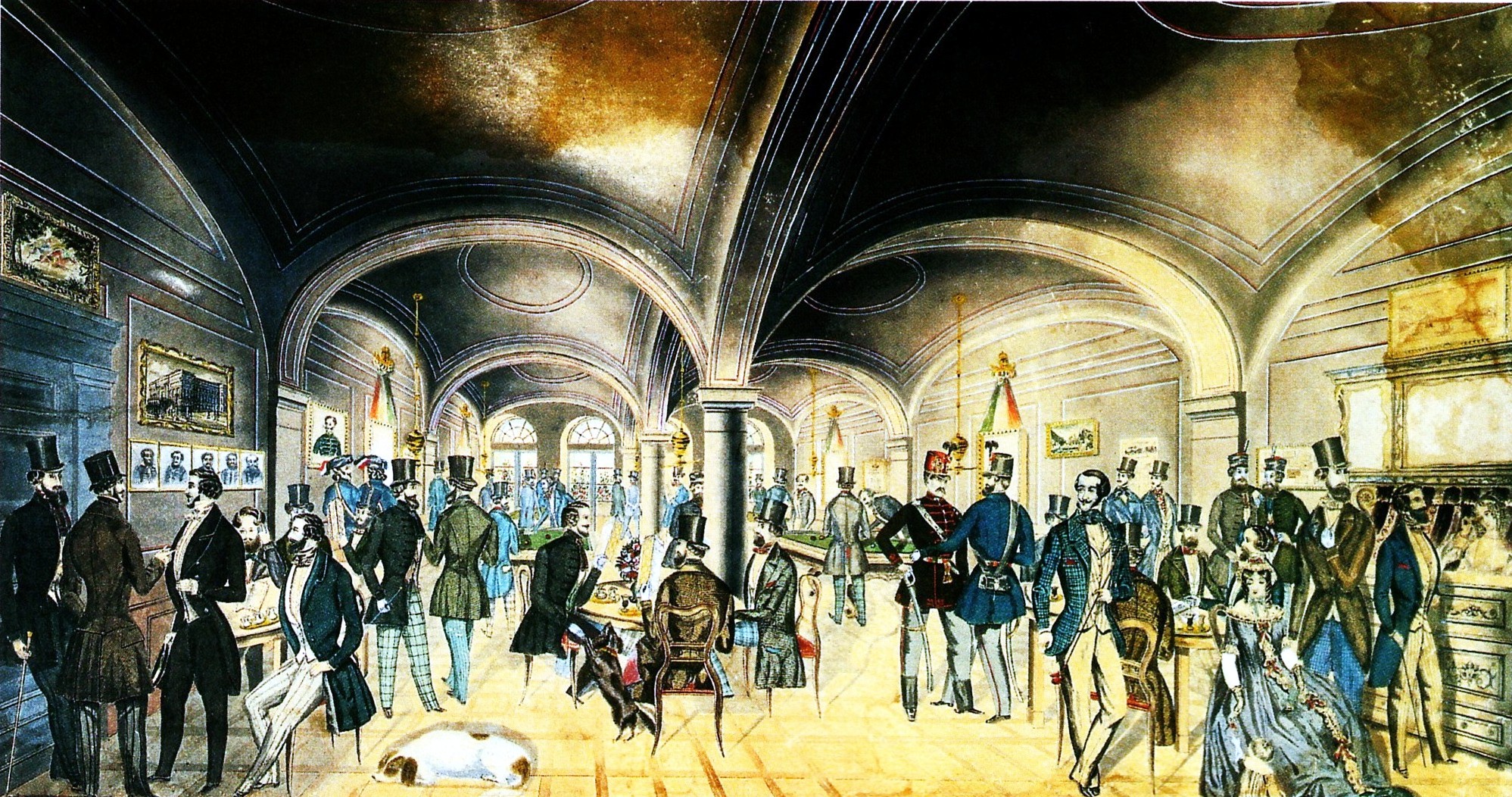Most locals might think they know where the famous Pilvax Café might be, but the original building has not existed since 1911. First closed down, it was demolished two years later. The whole house went with it, this popular meeting place having occupied the ground-floor space.
Where you find the Pilvax in the city centre today is only the legal successor of the famed meeting place. The original stood nearby, amid a row of apartments.

Karl Pillvax, of Austrian descent, was born where the Greatest Hungarian, István Széchenyi, ended his days: Döbling. This schoolmaster’s son earned his living as a waiter, while he learned the art of coffee-making from the Viennese masters. He was then employed for three years aboard the steamer Franz Joseph I.
During this time, he fell in love with Mária Terézia Giergl, a Hungarian girl he soon followed to Pest, where they married at Christmas, 1841. The young Austrian even Magyarised his name, dropping one l out of Pillvax and swapping Karl for Károly.
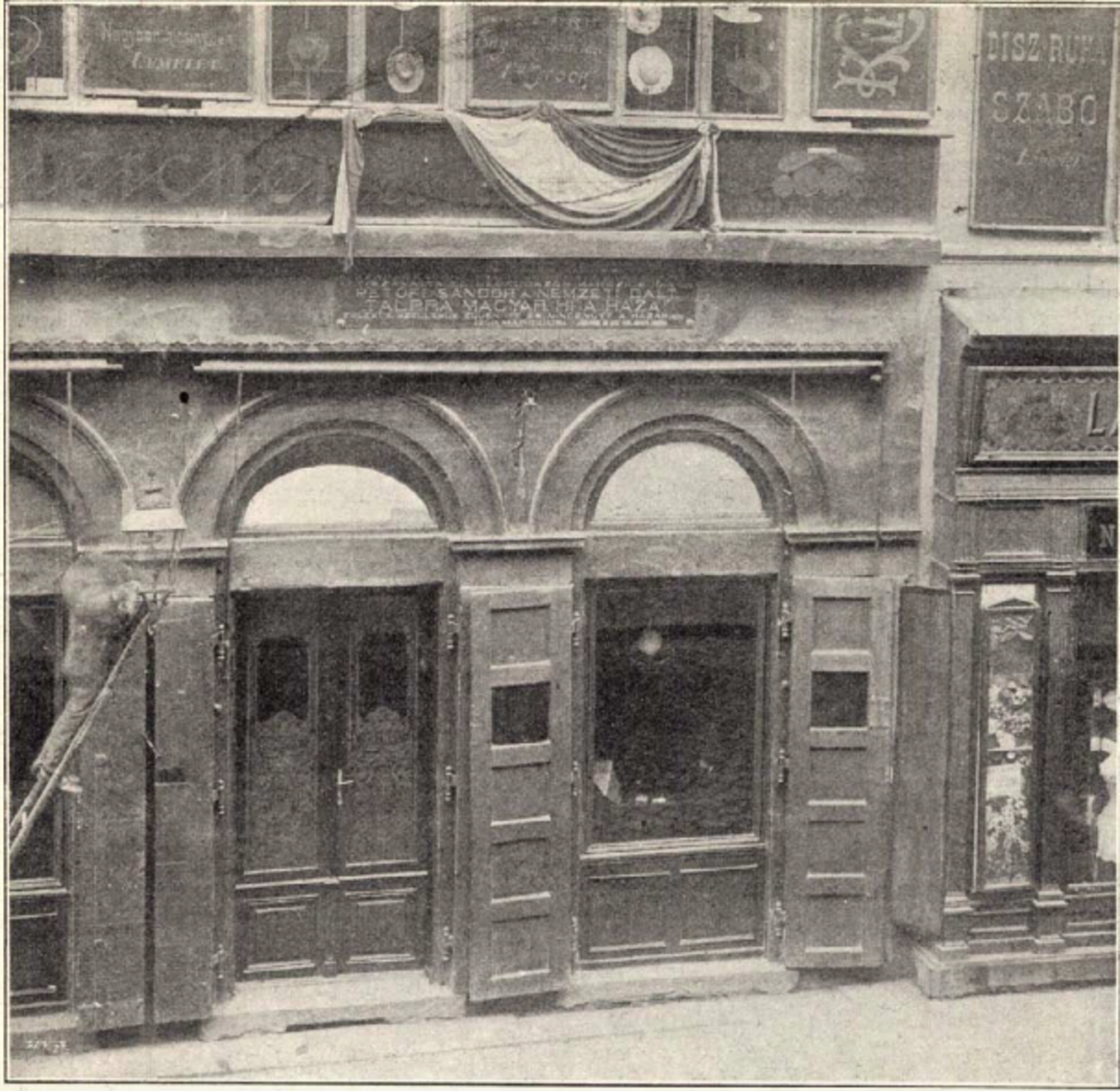
He began to look for a place to rent and put to good use the brewing skills he had learned in his homeland. In the meantime, he kept busy by offering wine tastings.
The Café Renaissance had opened
in 1838, in today’s Petőfi Sándor utca, then named Úri utca. The place soon
became popular, with a healthy turnover, so Károly Pilvax saw both opportunity and profit.
In 1842, he took over the café from its previous operator. Not
only did he repaint the walls – “images of the most outstanding heroes and passionate
patriots” were painted on them – but he also changed its name, despite the café’s
now established reputation. Because he thought ‘Café Renaissance’ was difficult
to pronounce, he called it the Pilvax.
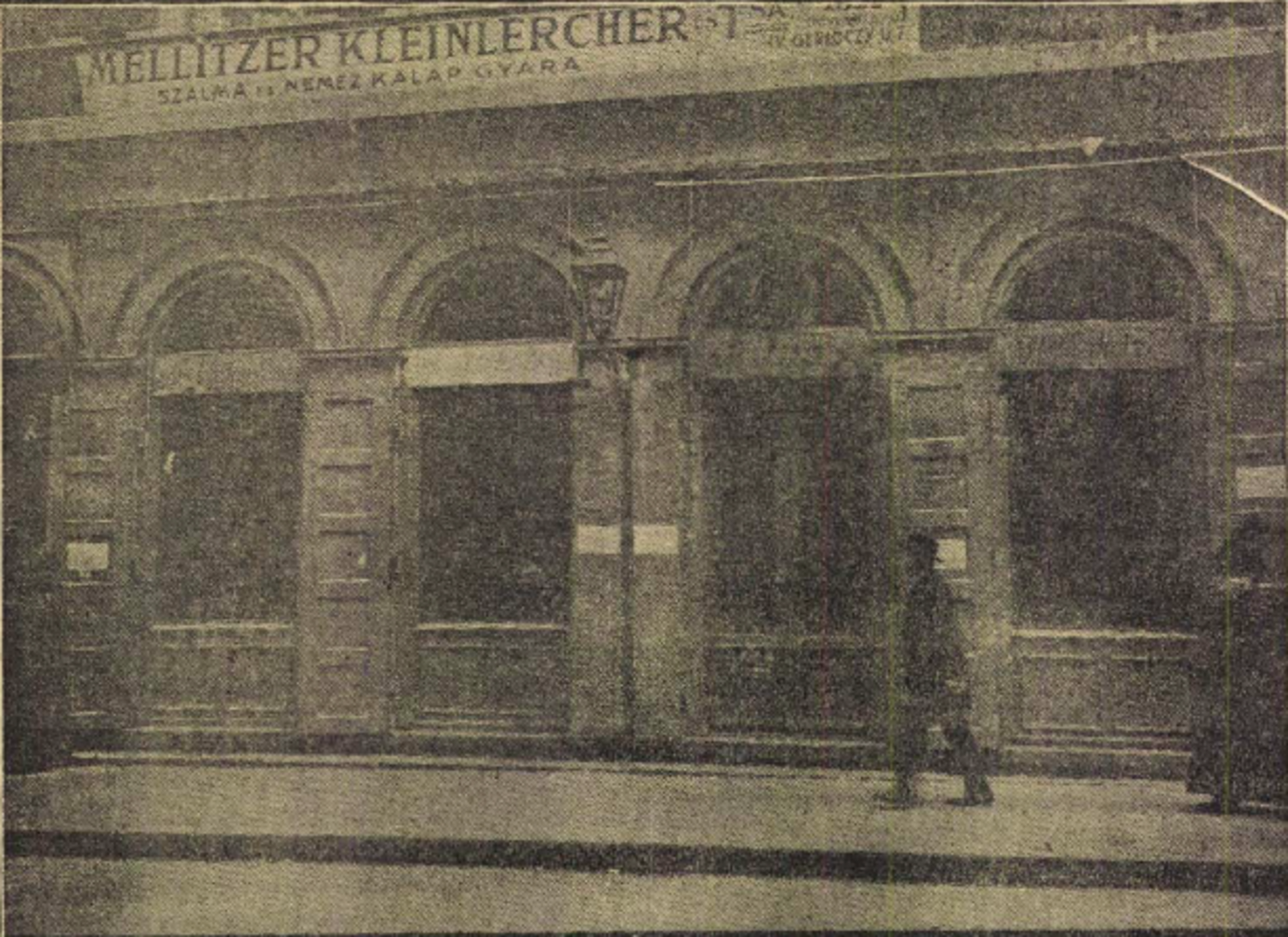
Why young artists,
intellectuals and students discovered the Pilvax and frequented it is not known
exactly. With national consciousness on the rise, it could be that the
Hungarian heroes painted on the wall attracted them in.
Then again, it could
have been the four billiard tables (known as bowling tables in Pest) that Pilvax
had set up in the café. Petőfi and his circle of friends, the Tízek Társasága (‘the Society of Ten’),
and the fraternity of lawyers and students headed by Pál Vasvári, settled in
nicely.
The two rebellious groups that had rubbed shoulders here were united in
1846 as Fiatal
Magyarország, the ‘Young
Hungary’ movement.
That same year, Károly Pilvax
passed the café to a certain János Fillinger, who also ran it during the
revolution. Interestingly, the new owner did not replace the sign, so
officially it was still called Pilvax, although the papers referred to it as Fillinger
(Pilvax).
The café gained another name after 15 March 1848, conceived by Sándor
Petőfi himself: the apt Szabadság Csarnoka, ‘Freedom Hall’. Posterity,
however, keeps faith with Pilvax.
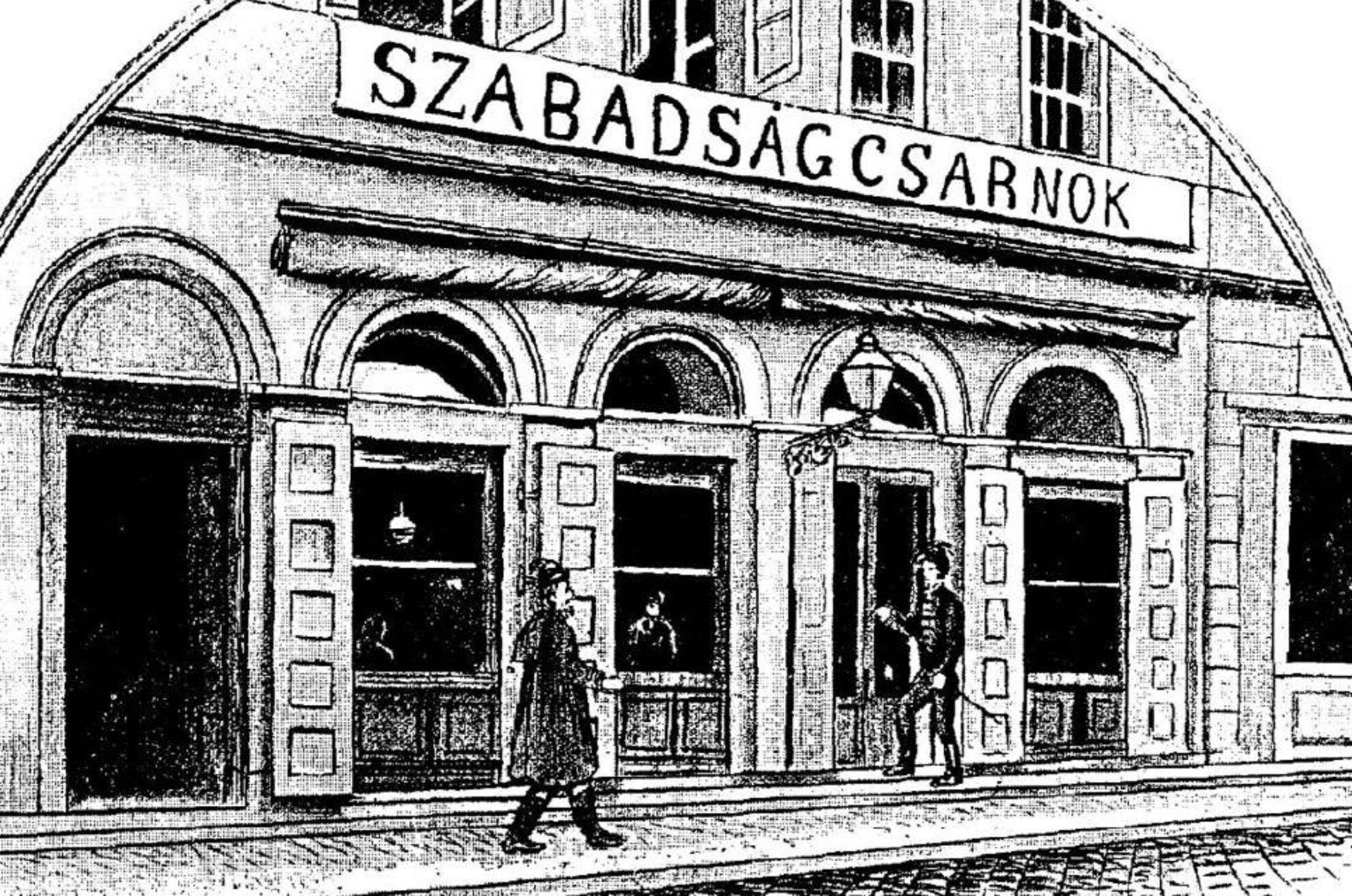
The role of the coffeehouse
in the revolution is well known. It was here that the ‘young men of March’
organised, the messenger rushed here from the Danube steamer to announce the
victory of the Vienna Revolution, and it was here that Petőfi recited his
National Song for the first time.
A proud tradition, in fact, only sullied by the
defeat of the War of Independence. its revolutionary role, however, left its
mark on the further history of Pilvax.
After 1849, the Pilvax was renamed the Café Herrengasse and the owners left the scene. The revolutionary atmosphere of 15 March disappeared along with Fillinger, who opened a café in another part of the city.
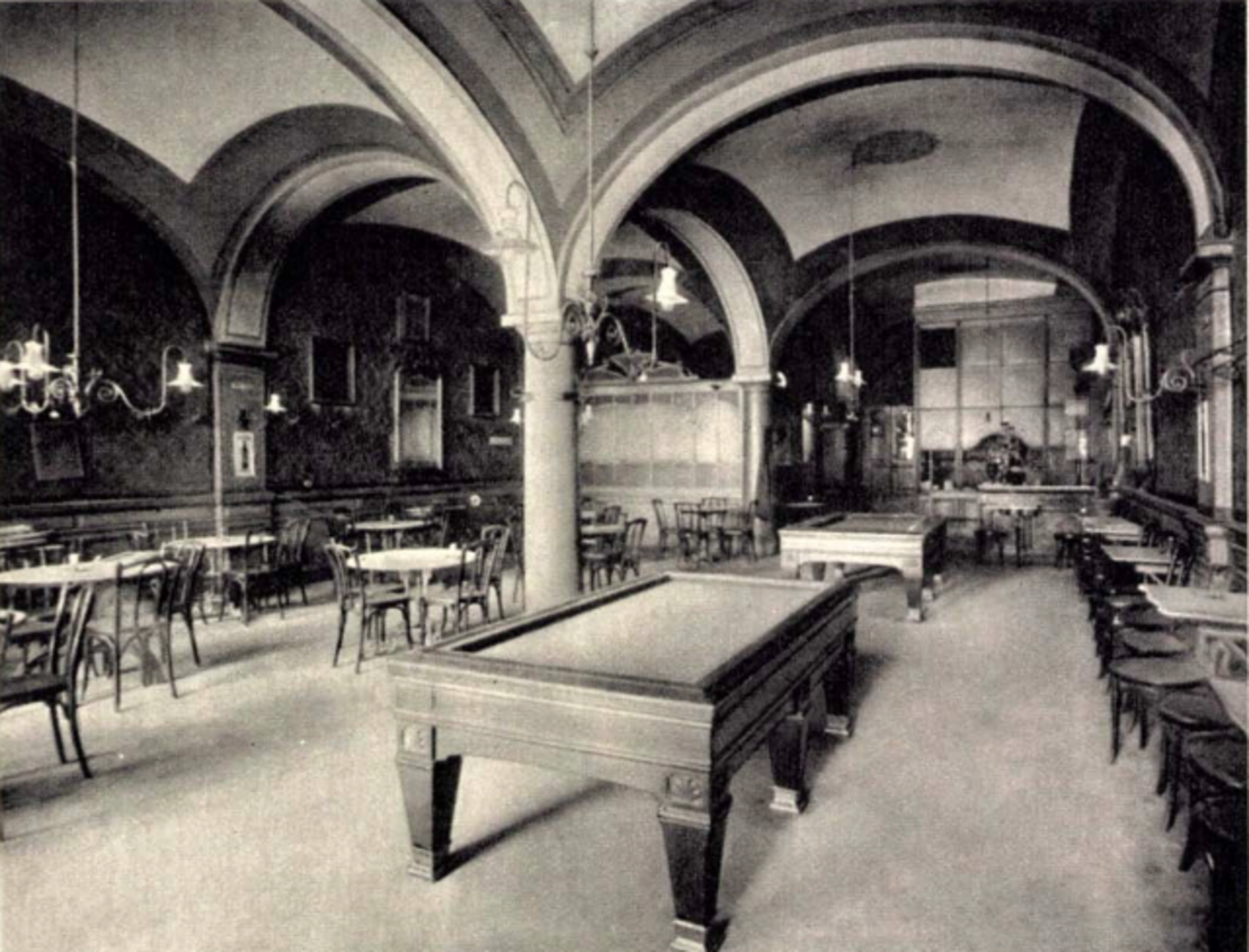
Strange as it may seem, but
even after the Pilvax was past its heyday, the most important figure in its
history arrived, shortly after the Compromise with Vienna that granted Hungary
semi-autonomy.
In 1867, a certain Antal
Schőja – who had several places across town – assumed control. János Schowanetz
was his head waiter for 20 years, taking over from Schőja in 1891.
Until its
closure and dismantling, he ran the Pilvax and proved to be his best owner. He
maintained the cult of the place. The walls were covered with pictures of the heroes
of 1848, and above the entrance hung a memorial plaque, whose solemn
inauguration was attended by famed novelist Mór Jókai.
But even kudos could not save the Pilvax. As early as 1910, a decision was made to demolish the block of which the café was a part. The vast constructions of the Dual Monarchy were transforming the city centre, including the Pilvax.
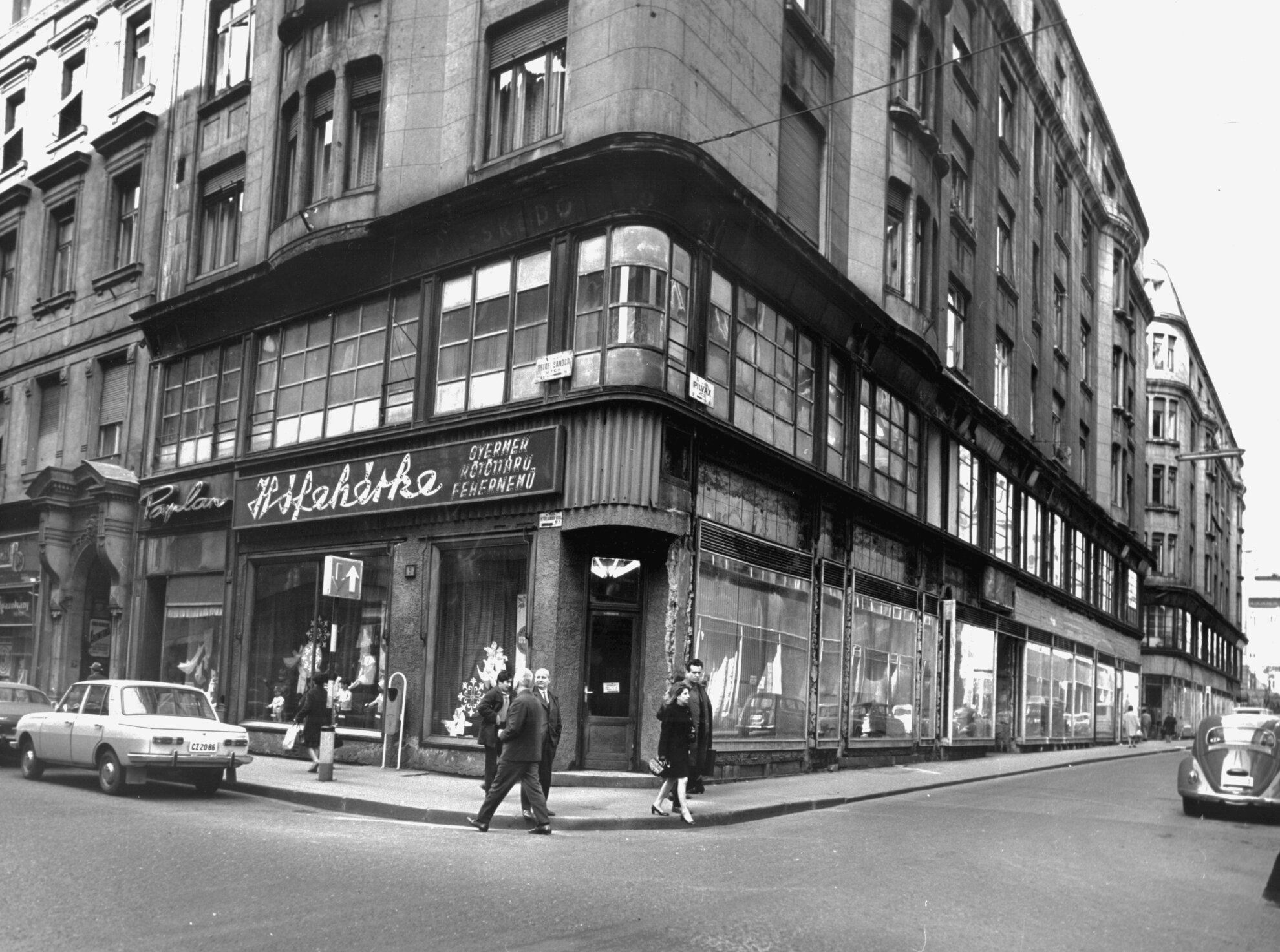
The place was finally closed in November 1911, with a large farewell ceremony witnessed by regulars and followers. For two years, however, it stood forlornly with boarded-up windows and doors, until, in late 1913, the whole block was demolished.
Although the Pilvax reopened in 1921, close to its the original location, it doesn’t exist today. The old glory is long gone.
To help picture you how it all looked, the video team at Hyper and Hyper created this 3D reconstruction of the Pilvax Café, with the help of a 360° panoramic video, showing Petőfi bursting in on the morning of 15 March 1848.
